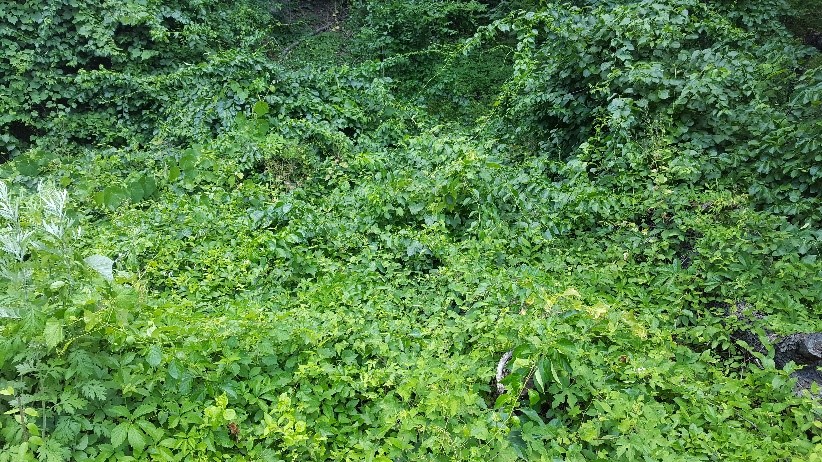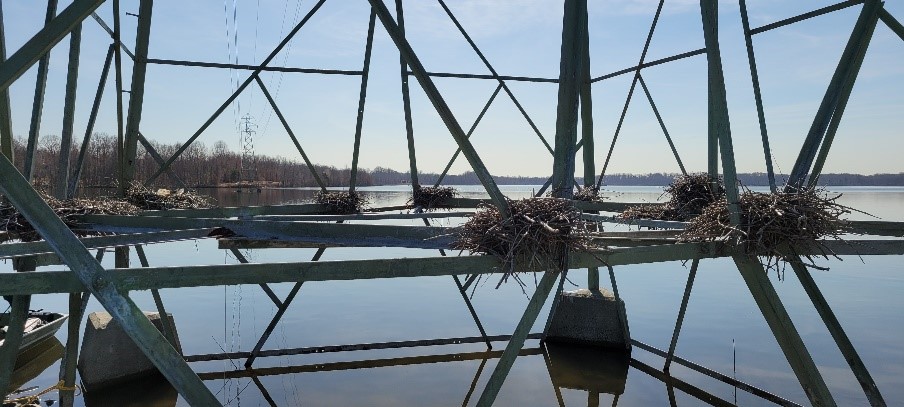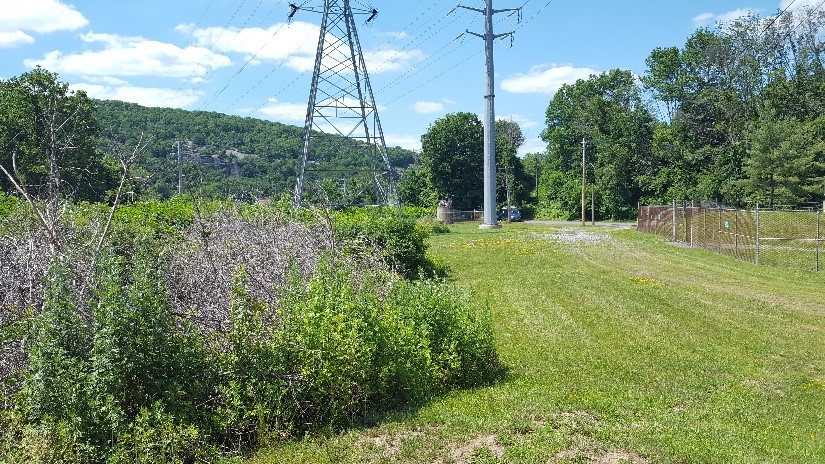The Impact of Invasive Species on Electrical Utility Rights-of-Way
Posted October 19, 2021
In the United States, the U.S. Geological Survey estimates that more than 6,500 nonindigenous species are now established nationwide, threatening native plant and animal species, microorganisms, natural ecosystems, and human and wildlife health. The current annual environmental, economic, and health-related costs of invasive species are estimated at $120 billion and exceed the costs of all other natural disasters combined in the United States according to the U.S. Fish & Wildlife Service. Negative impacts include clogging of water facilities and waterways, wildlife and human disease transmission, increased fire vulnerability, and disruption to utility infrastructure. However, these costs do not include impacts associated with disrupting natural ecosystems and species; therefore, the annual cost of invasive species impacts in the United States is much higher.
The occurrence of invasive species has drastically increased in the last several decades and is expected to continue despite international and national efforts to stop the spread of unwanted species. Governments alone cannot combat the spread and impact of this problem and have pushed the responsibility for management and control to the regulated community, including utilities.
Effects of Severe Weather Events
As weather events increase in frequency and intensity, the impact of invasive species is expected to increase as well. The life cycles of native species may be impacted by weather, which can cause invasive species to spread into new areas. As a result, there are further decreases in biodiversity and a more global homogenization of the natural ecosystems. Native species may be stressed and weakened by the changing weather, whereas invasive species may adapt to the change with vigor. Combined, invasive species and our changing climate can reduce ecosystem resilience and negatively impact biodiversity.
|
Cormorant nesting on utility structure requiring specialized removal during non-breeding season to accommodate structural repairs. |
Impacts on Utilities
The impacts of invasive species on utilities are numerous. Siting and permitting requirements today must often consider the protection of native species, which have seen their natural habitats diminished due to development pressures and invasive species. Whether it is the re-routing of proposed transmission lines, exploring alternative sites for gas regulator stations and electric substations, or having to employ environmental monitors during construction, these impacts have economic consequences on utilities and their customers.
Furthermore, infrastructure for energy networks is a known conduit for the dispersal of invasive species. These networks contain long linear features that undergo vegetation removal and have soil disturbances from the construction and routine operations and maintenance, which allow opportunities for invasive species to take hold and spread. Electrical transmission lines and pipeline rights-of-way (ROWs) connect rural areas through corridors allowing the easy transmission of species, especially during the construction and maintenance phases. While the presence of invasive species has significant ecological impacts, these species can also directly damage energy infrastructure, contribute to hazards, incur costs for removal/repair of damage, impact utility reliability, and affect worker health and safety.
 |
|
Invasive plant species may overtake utility structures and require removal. |
Prevention and Control
There are four main methods used to control invasive species – manual, biological, mechanical, and chemical controls.
- Biological control is the intentional manipulation of natural enemies of the invasive species by humans for the purpose of controlling the pests.
- Mechanical control includes mowing, hoeing, chipping, using specialized equipment.
- Chemical control is the use of sprayed herbicides/pesticides.
- Manual removal involves the use of work crews to physically remove the subject species.
Combining these methods results in an integrated pest management or an integrated vegetation management system. These are ecosystem-based strategies that focus on long-term prevention through a combination of techniques such as biological control, habitat manipulation, modification of cultural practices, and the use of resistant or native species for ground cover. Pesticides/herbicides are used after monitoring indicates they are needed to control the species according to established guidelines, and treatments are made with the goal of removing only the target organism. The USDA states that chemical applications are selected and applied to minimize risks to human health, non-target organisms, and the environment).
The electrical and gas utility industry has developed various best management practices (BMPs) to control invasive plant species. Current BMPs include the following:
- Preparation & Planning - Proper upfront environmental surveying, siting, and permitting to ensure mitigation measures can be employed to minimize invasive species transmittal or that construction can occur in an alternative location that minimizes invasive species translocation.
- Equipment Cleaning – Maintain and clean all equipment and vehicles before transporting to or removing them from a site. This includes using air pressure, hand cleaning, or other means to prevent the transport of material. Hand tools and personal gear (i.e., boots, tools, timber mats, etc.) are included in equipment cleaning protocols.
- Disposal of Impacted Material – Collection and disposal of all impacted media (e.g., soil cleaned off equipment or personal gear) obtained during the cleaning process prevents the establishment of invasive species on a site. Preferred locations for equipment cleaning are those areas where work activities are taking place or immediately adjacent to areas currently impacted with invasive species. Avoid locations near waterways.
- Avoidance – Avoid disturbing areas already populated with invasive species as disturbances usually result in opportunities for spread.
- Site Restoration – Minimizing the area disturbed by work activities and re-vegetating as soon as possible with native species reduces the opportunity for colonization by invasive plant species.
- Training – Educating crews on the importance of controlling the spread of invasive species helps empower the crews to participate in the above activities. Training and education are easily incorporated into tailgate or safety briefings. This is especially important where the invasive species may be harmful to work crews.
|
NYS DEC, 2013: The phototoxic sap in giant hogweed can cause severe burns on human skin when exposed to sunlight. |
Conclusion
Electric utilities need to adapt to the immediate impact of increasing storms, severe weather events, and invasive species translocation. A broader perspective suggests that the mitigation of impacts arising from invasive species is being placed on electric utilities, especially for managing transmission corridors and ROWs. The siting, permitting, and approval of projects increasingly requires stringent control plans to implement the BMPs outlined above to prevent and control the spread of invasive species. For transmission lines, these controls are built into the environmental management and construction plans. The most cost-effective means of invasive species management for utility companies across the country is prevention. With proper upfront planning and implementing aggressive invasive species control and monitoring activities into their routine procedures, the utilities can meet regulatory, social, and environmental needs.
CHA’s team of environmental specialists and scientists have years of experience working with utility engineering and design teams to assess sites and permit major construction projects properly. Their awareness of the local, state, and federal environmental requirements, combined with the practical ability to mitigate risk and control project expenses, make this team uniquely qualified to assist with your next project’s environmental needs. At CHA, our employees strive to achieve our firm’s aspiration to responsibly improve the world we live in.
References
NYS DEC. (2013). DEC giant hogweed umbel control in Putnam County [Online image]. https://www.flickr.com/photos/nysdec/14660775464
USGS. (n.d.). Invasive Species Program. Invasive species program. Retrieved October 14, 2021, from https://www.usgs.gov/ecosystems/invasive-species-program.


